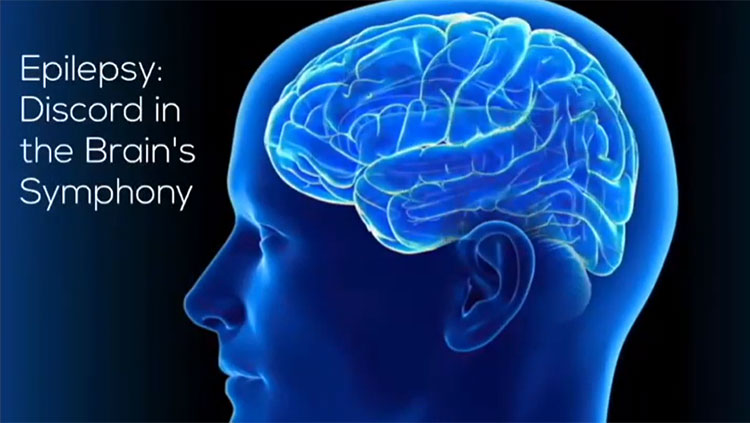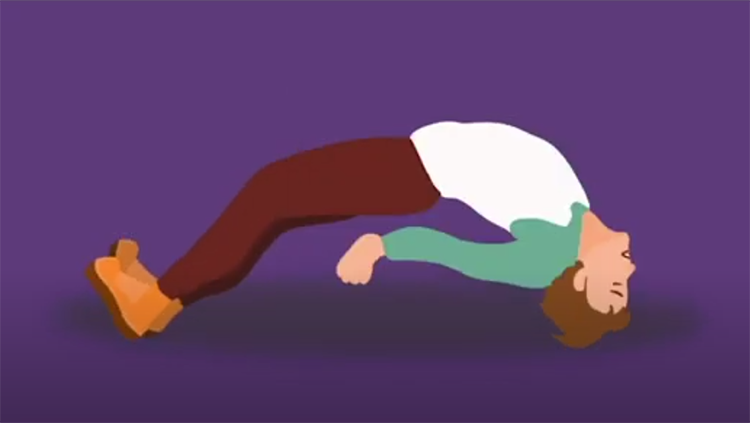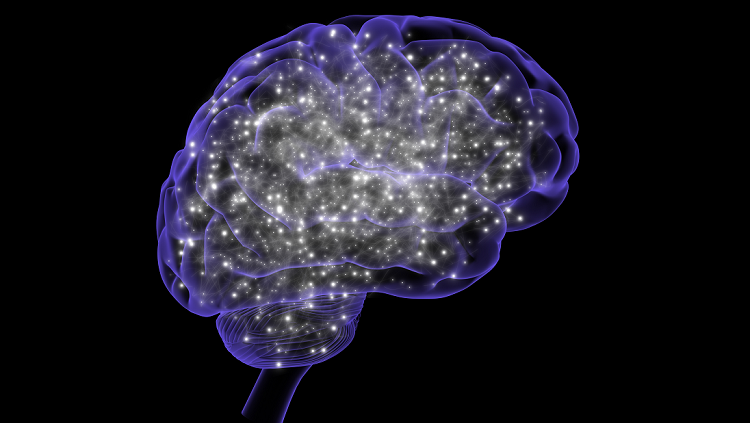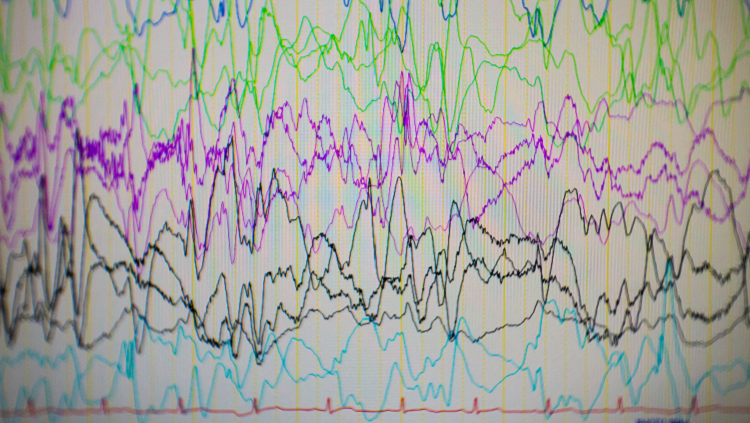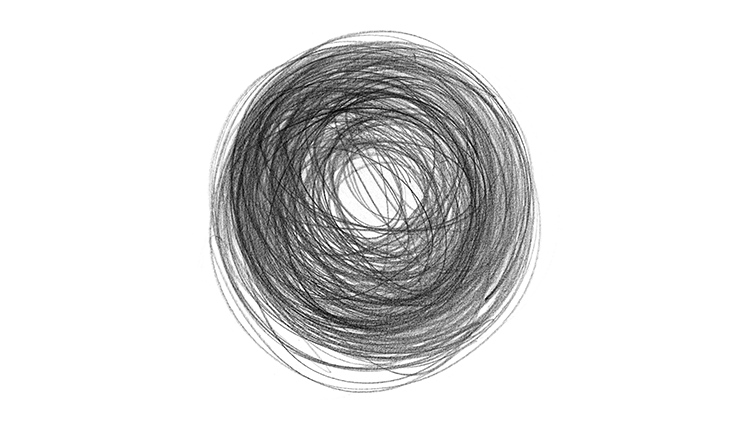The rich are not the only 1%ers. About 1% of the world has epilepsy. Epilepsy is one of the most common neurological disease in the world and unfortunately, up to one-third of these patients are resistant to the current anti-epileptic medications. For these patients, there is little recourse.
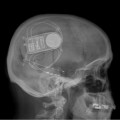
Epilepsy surgery, though an extreme form of medical intervention is one of the only options for patients whose epilepsy is drug-resistant. This past November, the FDA approved an implantable device made by NeuroPace that acts – as you might've guessed – similar to a pacemaker.
Once NeuroPace detects the onset of abnormal electrical activity, it delivers short rounds of stimulation to prevent seizure activity from starting or arrest it in its tracks. This device is currently approved by the FDA for the treatment of partial epilepsy that is resistant to two or more current antiepileptic medications. Partial epilepsies are those that have seizures that do not spread to or occur throughout the entire brain but are localized to a specific area: the seizure focus. This device is not designed to treat those seizures that do spread throughout the brain (generalized epilepsies).
The advent of this device highlights some of the more recent advancements for patients with this debilitating disease. But, this also represents hope for people who have a certain stigma associated with their disease. In the United States, patients with epilepsy have significant challenges. Depending on the state you live, there can be rather severe but understandable restrictions on how long you must be seizure-free before a driver's license may be issued (see this article for a review on driving issues and epilepsy). Alarmingly, the diagnosis of epilepsy can also be used in the consideration of divorce proceedings and these patients may be denied custody of their child based on this diagnosis.
Depending on your culture and part of the world you live, the diagnosis of epilepsy can be a mark of disgrace, or even considered a form of madness. Attitudes towards disorders such as epilepsy are changing but, unfortunately in some languages, the word used for epilepsy derives from words that are demonstrative in regard to the cultural attitude experienced by these patients.
For example, in Chinese the word for epilepsy is 癲癎 or dianxian, a word for madness. In Japanese, the word epilepsy is てんかん (tenkan) which also means madness. In a recent article in Epilepsia, Kim and colleagues discuss these cultural stigmas regarding the diagnosis of epilepsy in Asia and in an attempt to change these attitudes, Korea is leading the way by altering their current name for epilepsy: 간질 (Gan-jil) meaning mad sickness to 뇌전증 (Noi-jeon-jeung) a word meaning cerebroelectric disorder.
Changing the legal and cultural attitudes towards people with epilepsy will help these patients seek the medical treatment they desperately need. Treatments like the device by NeuroPace represent a significant advancement in the treatment of drug resistant epilepsies.
CONTENT PROVIDED BY
BrainFacts/SfN
References
Also In Epilepsy
Trending
Popular articles on BrainFacts.org



